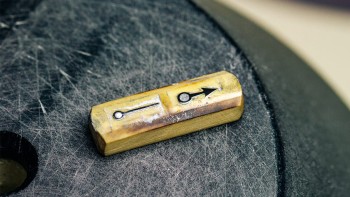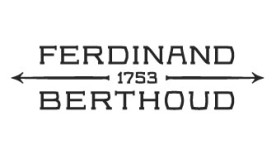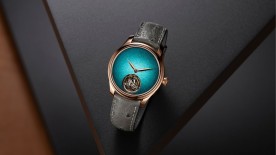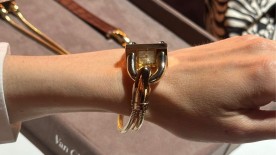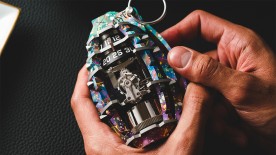It’s now been 6 years since Ferdinand Berthoud announced the details—or rather, the very special conditions—of Naissance d'une Montre 3, the one that will be its new collection. Despite the secrecy still surrounding it, some details have already been revealed, which the brand is unveiling with caution and patience. This teasing campaign tells us that Naissance d'une Montre 3 will be produced in a limited edition of 11 pieces. It will be unveiled in 2025, after Watches & Wonders Geneva, an event at which the brand will participate. It will feature a flared, deeply notched crown. Its display will be off-center, with hours and minutes at 1:30 (which is likely to be inherited from one of Berthoud’s historical clocks). Its hands will be blued by flame. It will feature a chain and fusee powertrain equalizer. And it will be the product of a reconstruction of skills, expertise, and techniques brought together in the Ferdinand Berthoud manufacture, which is housed within Chopard's facility in Fleurier.

Handcrafted, and Only by Hand
Strangely, the core principles of Naissance d'une Montre 3 have been decided for years, as it follows the same guidelines as the two previous editions. This project, which started in 2007 under the aegis of the Time Aeon Foundation, established a specification document that governs all watches bearing its name. Everything revolves around one idea, simple to state, but horrifically complex to execute: Naissance d'une Montre 3 will be made entirely by hand!
Of course, this doesn't mean without tools. After all, one doesn't attack brass with their teeth, nor maillechort with their nails. However, the tools cannot be automated, programmed, or operated by a computer. Lathes, mills, files, punching tools, pantographs, and other extensions of the hand must be guided by it. They can be motorized, since it's hard to drill steel with a hand tool. But the ubiquitous help of CNC tools is strictly prohibited.
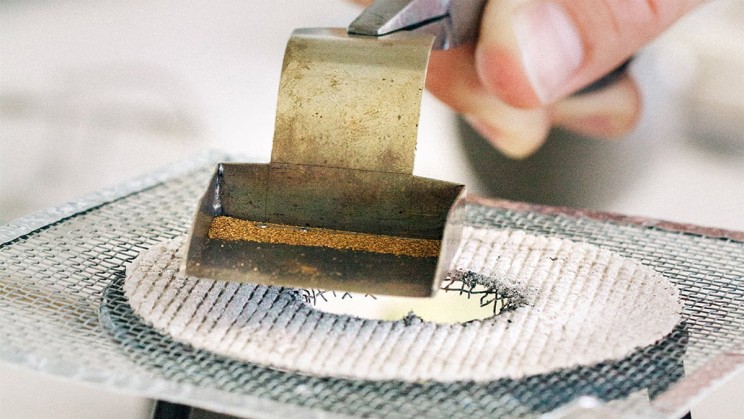
A Herculean Task Ahead
That distinction aside, it’s important to grasp the difficulty of the very principle. A watch has at least 200 components, and knowing Ferdinand Berthoud’s ambitions, it will be far more. The brand’s first teaser indeed showcased a chain and fusee system, which is their technical signature. But a chain requires a minimum of 600 parts. A conservative estimate would be around 800 components.
Furthermore, these parts vary greatly in size and type. They require a vast array of manufacturing techniques depending on whether their shape is round and suitable for turning, long and requiring milling, or irregular, which complicates things even further. These operations, once performed to near perfection by machines, have become lost arts, forgotten, or even considered obsolete by over 99% of the watchmaking industry. How has Ferdinand Berthoud learned them? Relearned? Reconstructed? The answer has not been revealed yet, but it’s easy to imagine that this is a project of monumental scale.
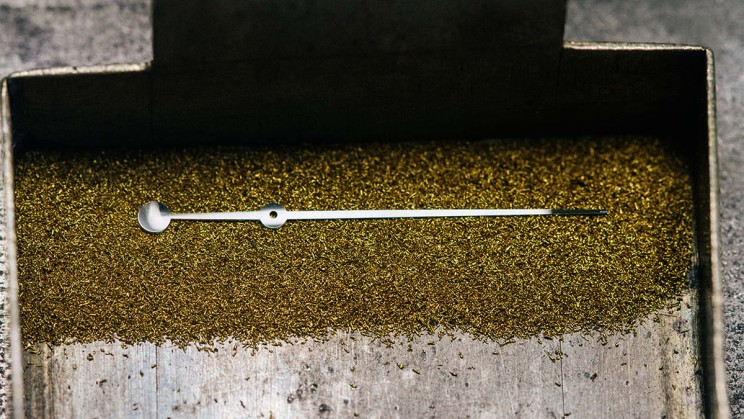
And the Finishes?
Manufacturing is just the first step. It’s followed by a vast range of finishing techniques. Polishing, sandblasting, satinizing—Ferdinand Berthoud’s finishing workshops already operate largely using manual processes. But these will certainly need to be taken even further than before.
Especially since manual manufacturing does not allow for the easy production of long series of parts, with the ease—and even carefreeness—that automation allows. Every component that leaves the workshop is inherently rare. Mistakes, burrs, and defects, which are already poorly tolerated, will become nearly taboo within the specifications of Naissance d'une Montre.
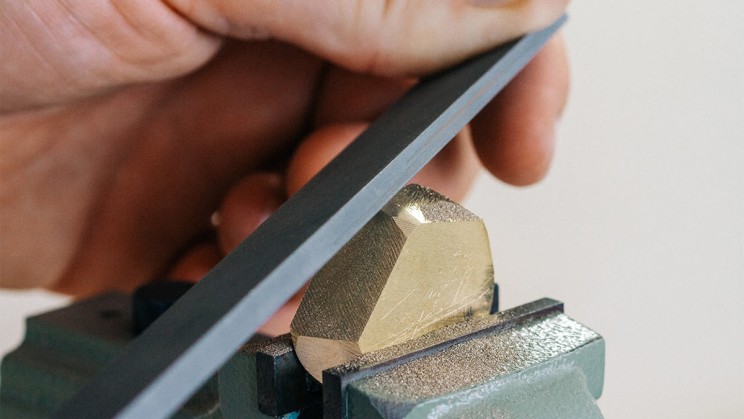
But these are general principles. The specific case of Naissance d'une Montre 3 is still unknown. At most, the brand has released a few sketches, a form of expression it has favored since its beginnings, as the hand-drawing recalls the touch of its inspirer, Mr. Berthoud, and the level of care the brand applies to its creations.
